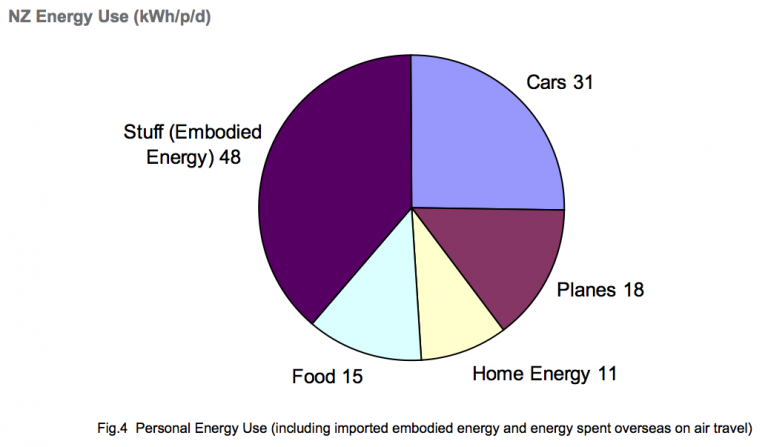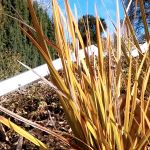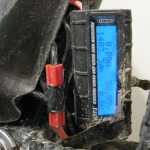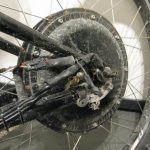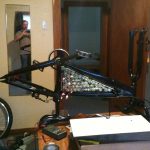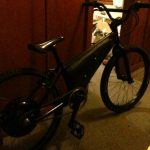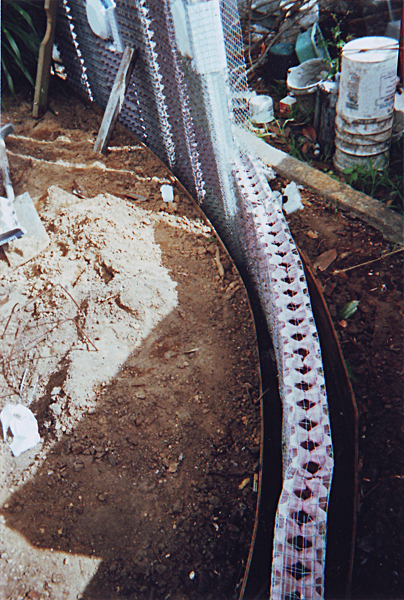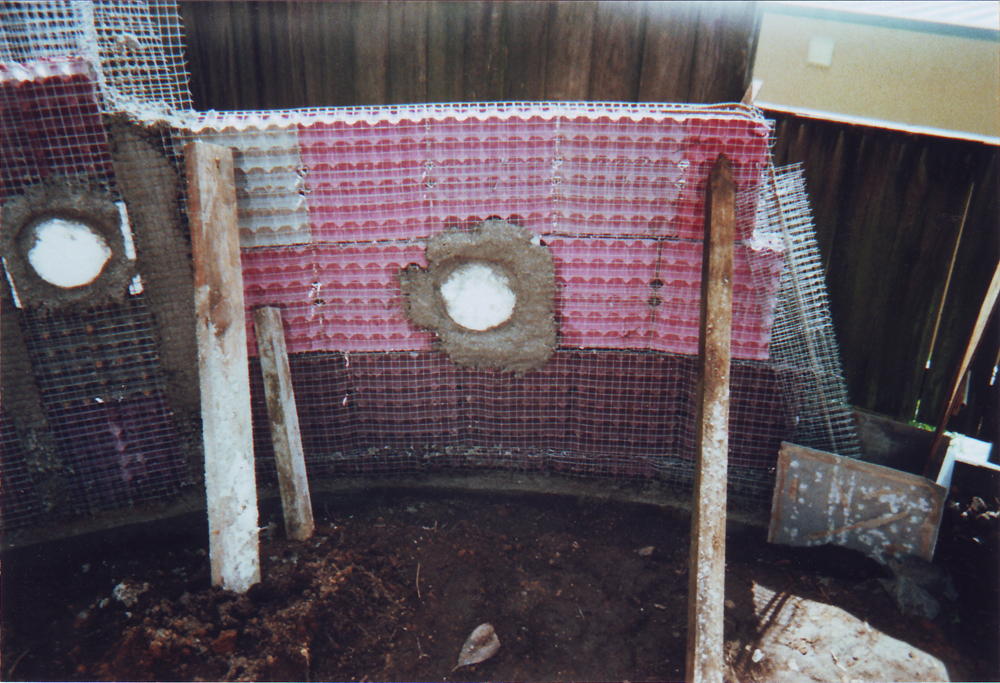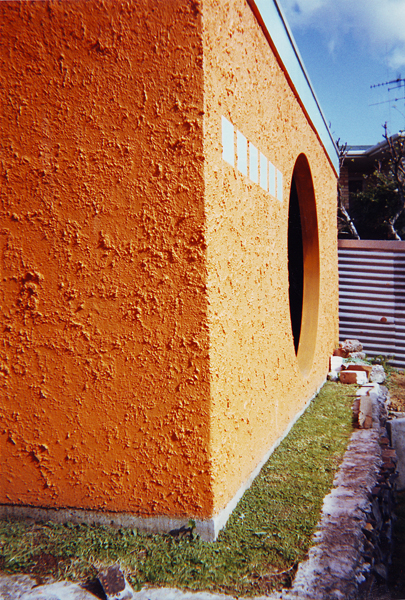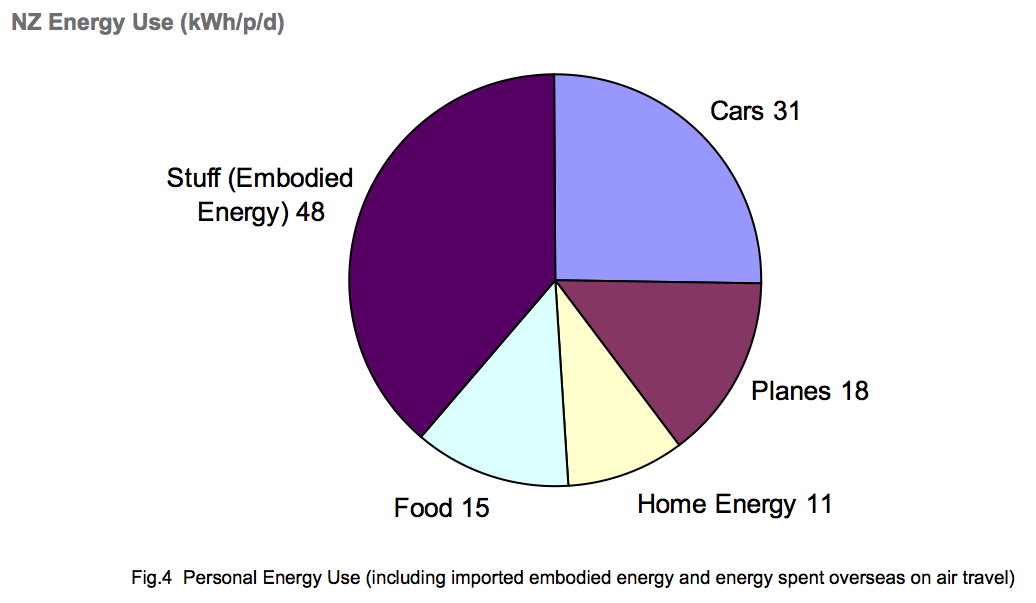
Category: R&D
Research and Development

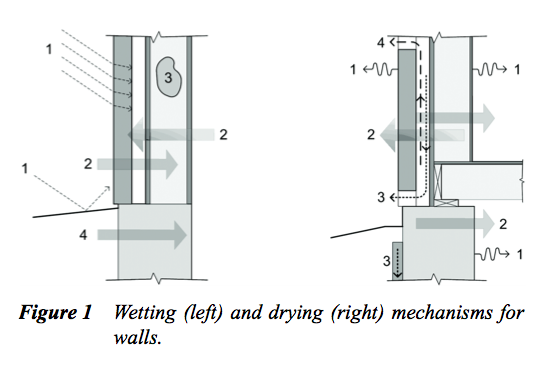

[Excerpted from Finch and Straube, 2007]
“It is well accepted that moisture is one of the primary
causes of premature building enclosure deterioration. Excess
moisture content combined with above-freezing temperatures
for long enough will cause rot, mold growth, corrosion, and
discoloration of many building materials. The four major
moisture sources and transport mechanisms that can damage
a building enclosure are (Figure 1, left side):
- Precipitation, largely driving rain or splash-back at grade
- Water vapor in the air transported by diffusion and/or air
movement through the wall (both to interior and exterior) - Built-in and stored moisture, particularly for concrete or
wood products - Liquid and bound ground water, driven by capillarity and
gravity
At some time during the life of a building, wetting should
be expected at least in some locations. In the case of a bulk
water leak, drainage, if provided, will remove the majority of
the moisture from the wall cavity. However, a significant
amount of water will remain absorbed by materials and
adhered to surfaces. This remaining moisture can be removed
(dried) from the wall by the following mechanism (Figure 1,
right side):
- Evaporation (liquid water transported by capillarity to the
inside or outside surfaces) - Evaporation and vapor transport by diffusion, air leakage,
or both either outward or inward - Drainage of unabsorbed liquid water, driven by gravity
- Ventilation by convection through intentional (or unintentional) vented air cavities behind the cladding
A balance between wetting, drying, and storage is
required to ensure the long-term durability of the building
enclosure.”
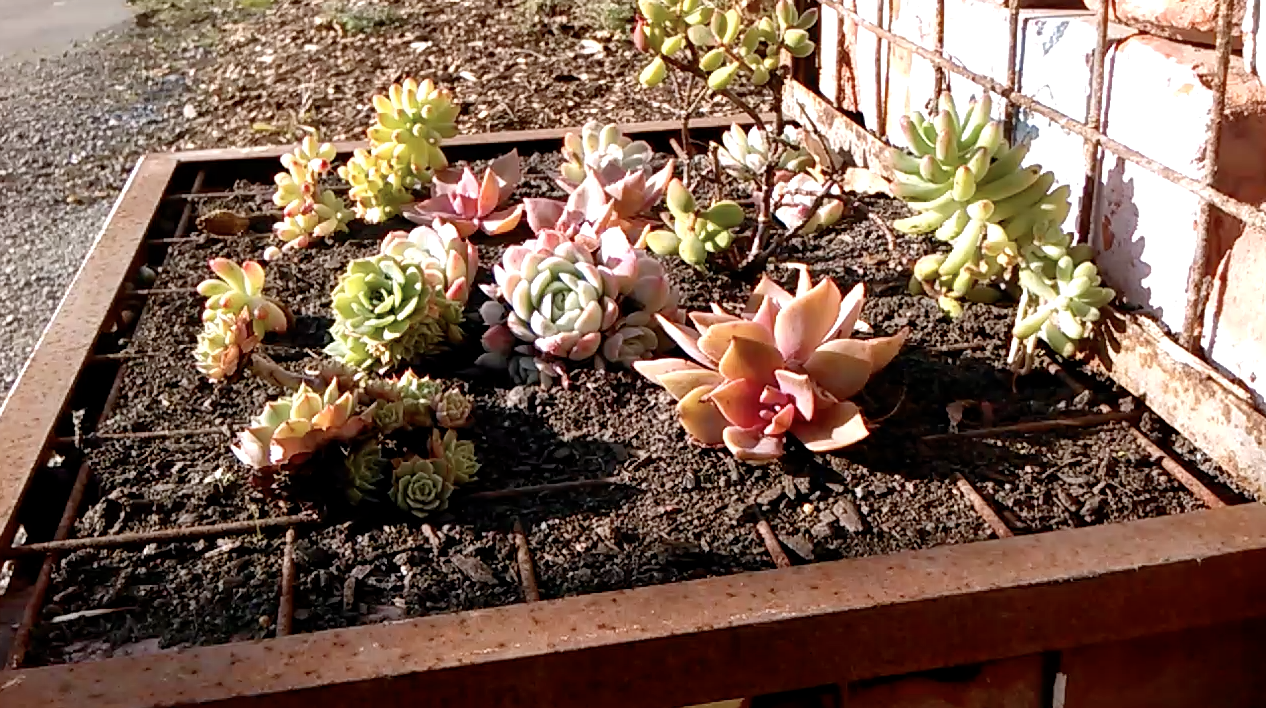
SHAC Green Roof Technology Demonstration, Christchurch, New Zealand

PDF
Open Source: Specifications [coming soon!]

GreenRoofOverview

A Sustainable Office Chair? $200 cash prize!
David McKay makes a convincing argument that 40% of our total energy use goes to make the products that we buy.
Announcing a SHAC Micro-Challenge – The “Sustainable Office Chair”
Please submit your sketch or photo of your practical and comfortable Sustainable Office Chair.
Is it one made from natural materials, or a durable and repairable chair that lasts for many years, or one made from entirely recycled products, or hand made, or made by a machine like a 3D printer, or a chair that is made from starch and dissolves when wet?
Judging: Chair must be practical, comfortable, suitable for your office, and “sustainable”
Please supply a photo or sketch and a short description, how to make the chair, and how is the chair “sustainable” – that is – supporting living well, with purpose, and with less reliance on resources.
Please email your submissions to tim@shac.org.nz by the 24 October 2012. $200 cash prize for the best submission. Other prizes too! The judges decision is final. The best submissions will be exhibited publically.
SHAC Chair Challenge Poster [PDF]
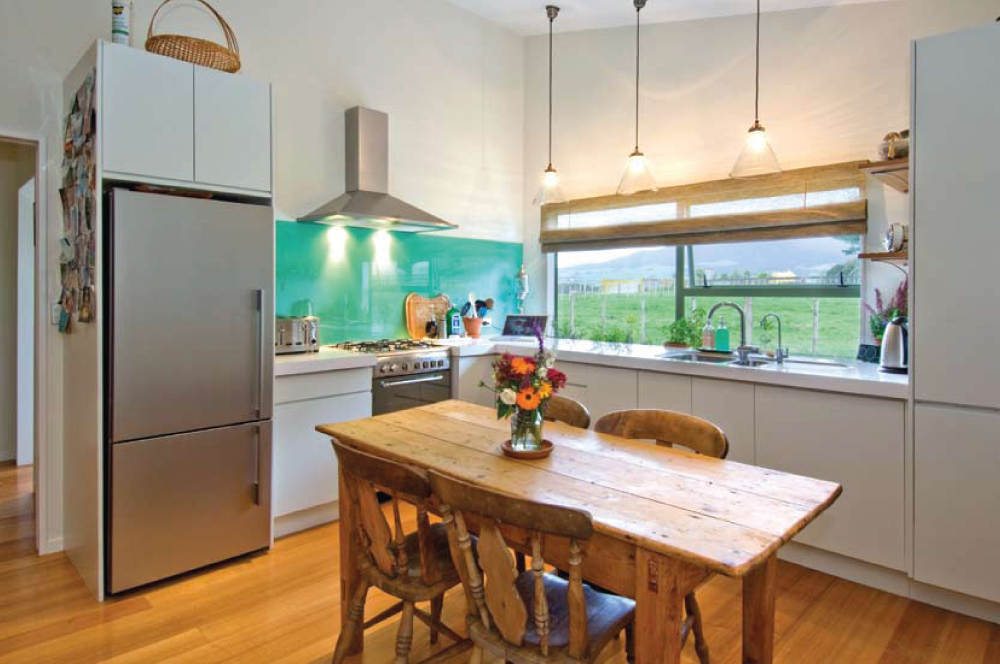
Tim Bishop, Electric BMX Bicycle
24″ wheels, nine continents motor, kelly controller, 48V, 350Watt-hour LiFePO4 battery pack
Range: 12km. Top speed: 37km/hr
Parts List
www.evassemble.com
1 x Capacitor-16S-30A-BMS (Capacitor-16S-30A-BMS) = $69.00
1 x KP-J(240W) Charger (KP-J(240W)) = $36.00
1 x Kelly KBS48121,50A,24-48V BLDC Motor Speed Controller
(KBS48121,50A,24-48V) = $146.00
www.e-bikekit.com
nine continents motor via Ebike-kit distributor US $152.00
EBK-SYS-REAR-DD-MOTOR
Emissions-free.com
Batteries Emissions-free.com 48x US$6 + shipping (let’s ignore shipping) = US$288 = NZ$390
ebikes.ca
Spokes $35 + 25 shp. $60 usd
Hobbyking.com and others
Fiberglass NZ$20
Connectors (10 andersons connectors) 10x US$0.25 = NZ$3.50
Black adhesive foam tape (Super cheap auto) NZ$8.17
Brake cable and brake outer (Bike Otago) NZ$24.00
KMC Chain (Bike Otago) NZ$19.90
Super glue, LED and Heatshrink NZ$9.70
Charging socket (Jaycar)NZ$4.90
Charging Plug (Jaycar) NZ$5.50
Handlebar On/off switch mount = NZ$12
Lightweight Wall Construction
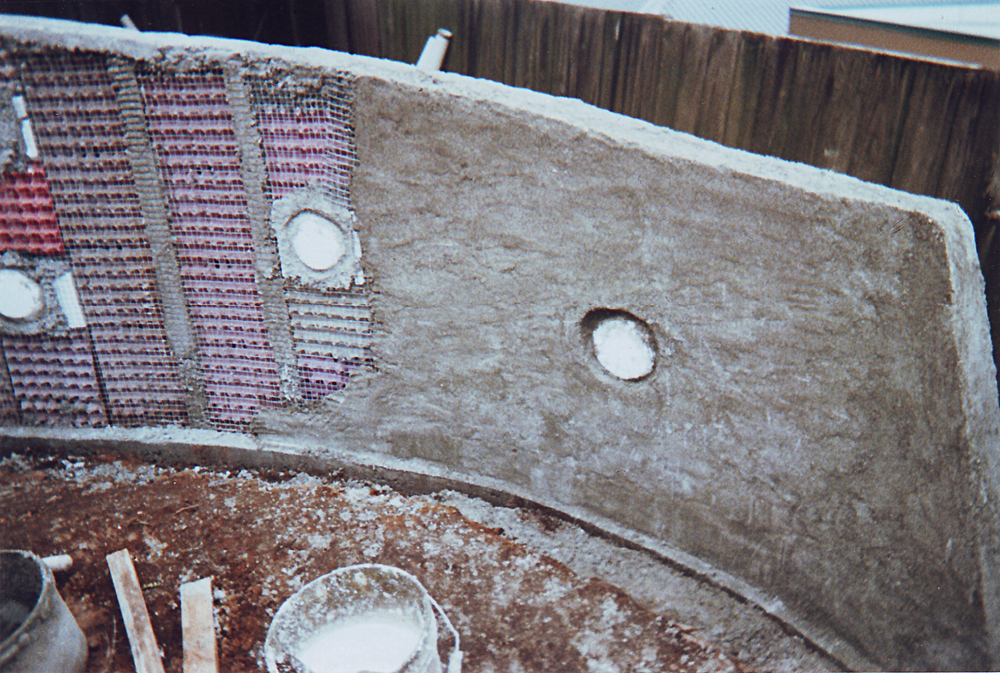
Materials for Architects and Builders is written as an introductory text to inform students at undergraduate degree and national diploma level of the relevant visual and physical properties of a wide range of building materials. The third edition has been significantly enhanced by the incorporation of full colour images throughout, illustrating the materials and in many cases their use in buildings of architectural merit. The text includes the broad environmental debate with sections on energy saving and recycled materials. There are seventeen chapters covering the wide range of materials under standard headings. Each chapter describes the manufacture, salient prop- erties and typical uses of the various materials, with the aim of ensuring their appropriate application within an awareness of their ecological impact.
This ebook is an excellent resource.
Materials for Architects and Builders.
The New Zealand Energy Efficiency and Conservation Authority (EECA) has developed a Home Energy Rating Scheme (HERS) for New Zealand households based on software simulation of energy loss and demand. The software requires hourly data to represent the differentclimates zones around New Zealand, especially for larger population centres. These climate data consist of hourly records for an artificial year created from twelve representative months.
Please note: The data is publicly-funded data provided by the National Institute of Water and Atmospheric Research Limited (NIWA) and no person or entity may charge for its supply or use. While NIWA has exercised reasonable care and skill in the preparation and collation of the data files, the data is supplied on an ‘as is’ basis, without warranty of any kind. NIWA accepts no liability for any direct, indirect, special or consequential damages, loss, damage or cost arising from and relating to, any use of the data and/or the information associated with it. Full terms and conditions governing the use of the data can be found at: http://edenz.niwa.co.nz/about/terms.
Liley, J Ben, Hisako Shiona, James Sturman, David S Wratt. 2008. Typical Meteorological Years for the New Zealand Home Energy R ating Scheme. Prepared for the Energy Efficiency and Conservation Authority. NIWA Client Report: LAU2008-01-JBL. NIWA, Omakau, New Zealand.
Files for New Zealand are available in EPW format directly from the DOE site below:
Click on the blue marker to download the efw weather file direct from the DOE Energy Plus web site.
View Larger Map
Files in the TM2 format – for TRNSYS, TRANSOL, etc, have been converted from the EPW files using CCWorldWeatherGen without performing any climate projections. NZL_TMY_WeatherFiles_TM2

